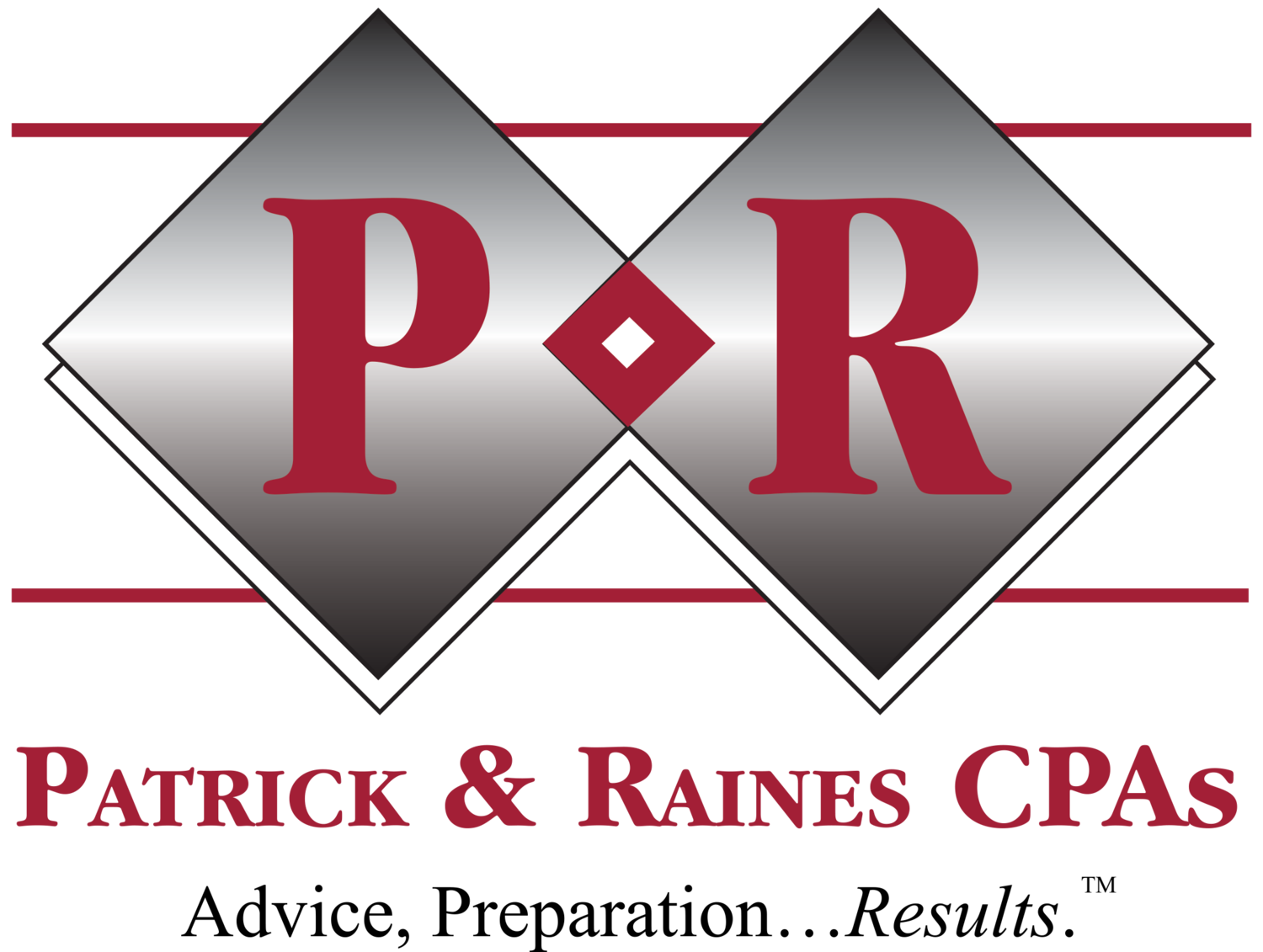Tips for Estimated Tax Payments
Most taxpayers withhold the dreaded “Uncle Sam dues” from their pay automatically (which frequently leads to refunds when they file their individual income tax returns), but if you’re self-employed, you must make estimated tax payments throughout the year.Need some tips for making those payments?
- Calculating estimated tax: Estimate your taxes based on the amount of income you receive. Refer to Form 1040-ES, Estimated Tax for Individuals, which evaluates estimated tax owed. Consider any deductions or credits you’re eligible to claim.
- When the tax applies: Besides a few special rules for farmers and fishermen, self-employed taxpayers must pay estimated tax when they expect to earn over a certain amount. After subtracting any withholding (perhaps from a part-time job) and refundable credits, if you still owe $1000 in taxes, plan to make estimated tax payments.
- When to make payments: Taxpayers normally pay estimated taxes four times a year. The standard dates are April 15, June 15, Sept. 15, and Jan. 15 of the following year. If the due date falls on a weekend or holiday, the deadline shifts to the next business day.
- Making changes to planned payment or withholding: Revising estimated payments proves a good idea when your taxable position changes. For example, with the birth of a child, marriage, or other life events, your taxes owed could change. Revising your position may save some money on taxes or prevent penalties.
If you’re an employee (in addition to self-employment), change the amount of withholding by submitting an updated Form W-4 to your employer. If changing the amount you’re paying as an estimate, simply change the amount paid with the next coupon. Anyone can use the IRS Withholding Calculator tool to complete the W-4, but consider consulting a certified public accountant to assist with estimated payment amounts.
- How to pay estimated tax: Need options to make your estimated tax payment? Pay online from your mobile device or computer with Direct Pay, a secure online service that enables payment straight from your checking account at no cost. You may also pay by mail or phone. If paying by mail, make sure to use the payment coupons Form 1040-ES.
For additional resources to help with estimated tax payments:
- Publication 505, Tax Withholding and Estimated Tax
- Estimated Tax, Frequently Asked Questions
- Tax Topic 306, Penalty for Underpayment of Estimated Tax
For business consultation and tax accounting services, the seasoned accountants at Patrick & Robinson CPAs remain available to assist. Contact us at Office@CPAsite.com or 904-396-5400.

